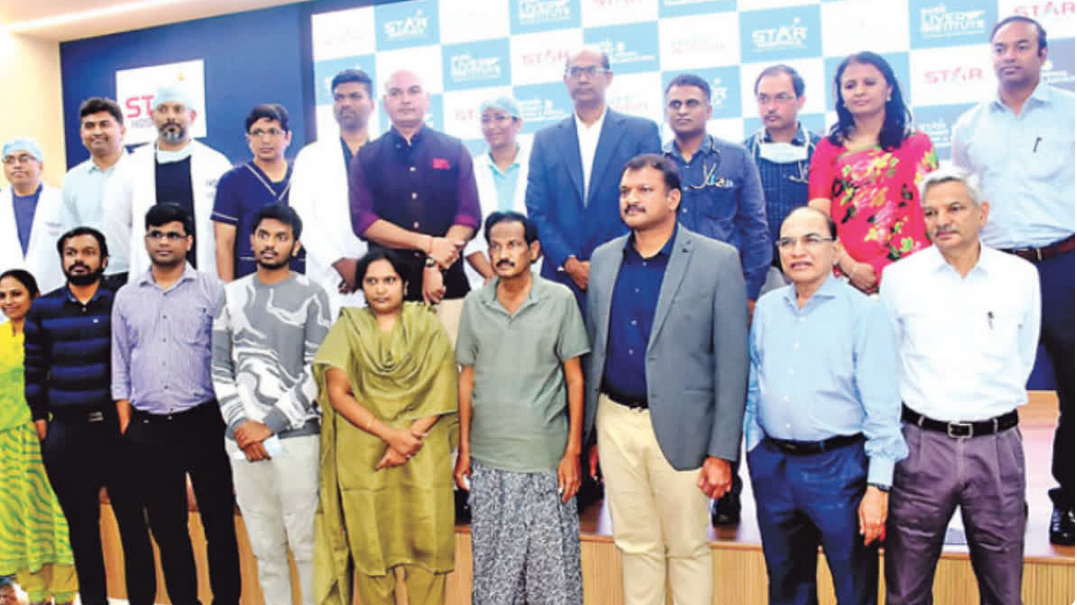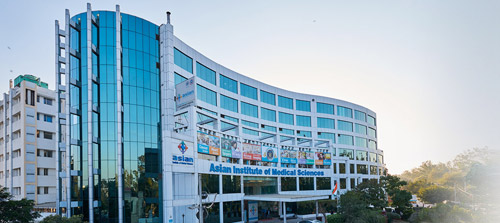India’s healthcare system has achieved a significant milestone in recent years. The doctor-population ratio in the country is now 1:836, surpassing the World Health Organization (WHO) standard of 1:1000. Minister of State for Health Anupriya Patel shared this information with the Lok Sabha, highlighting the progress and efforts made to improve healthcare accessibility and standards. Let’s dive into the details of India’s doctor-population ratio, medical education infrastructure, and government initiatives aimed at enhancing the healthcare sector.
Doctor-Population Ratio: As of July 2024, India has 13,86,136 registered allopathic doctors with the State Medical Councils and the National Medical Commission (NMC). By assuming that 80% of these registered doctors are available for service and including approximately 5.65 lakh AYUSH doctors, the doctor-population ratio stands at an impressive 1:836. This ratio is better than the WHO standard of 1:1000, indicating that India has a relatively sufficient number of doctors to cater to its population.
Medical Education Infrastructure: India’s medical education infrastructure has expanded significantly, with 731 medical colleges across the country. These colleges offer a total of 1,12,112 MBBS seats annually. Additionally, there are 72,627 postgraduate (PG) seats available for medical students. The increase in medical colleges and seats is part of a broader effort to enhance the quality and availability of medical education in India.
The Indian government has implemented several measures to improve medical education and increase the number of qualified healthcare professionals. Some of these initiatives include:
1. Centrally Sponsored Scheme (CSS): This scheme aims to establish new medical colleges by upgrading district and referral hospitals. Under this scheme, 157 new medical colleges have been approved, with 109 already functional. This has significantly increased the availability of medical education facilities across the country.
2. Increasing MBBS and PG Seats: The CSS has also focused on increasing the number of MBBS and PG seats in existing medical colleges. Support has been provided for the addition of 4,977 MBBS seats in 83 colleges at an approved cost of ₹5,972.20 crore. In the first phase, 4,058 PG seats were added in 72 colleges at a cost of ₹1,498.43 crore, while the second phase saw the addition of 4,000 PG seats in 65 colleges at a cost of ₹4,478.25 crore.
3. Pradhan Mantri Swasthya Suraksha Yojana (PMSSY): Under the PMSSY scheme, 75 projects for upgrading government medical colleges by constructing super specialty blocks have been approved. Out of these, 66 projects have been completed, further enhancing the infrastructure and capabilities of medical colleges.
4. Establishing New AIIMS: The Central Sector Scheme has approved the establishment of 22 new All India Institutes of Medical Sciences (AIIMS). Undergraduate courses have already commenced in 19 of these new AIIMS, contributing to the availability of advanced medical education and healthcare services.
5. DNB Qualification Recognition: To address the shortage of faculty in medical colleges, the government has recognized Diplomate of National Board (DNB) qualifications for appointment as teaching faculty. Additionally, the age limit for the appointment, extension, or re-employment of teachers, deans, principals, and directors in medical colleges has been increased to 70 years. This ensures that experienced and qualified professionals can continue to contribute to medical education and training.
The improvement in India’s doctor-population ratio and the expansion of medical education infrastructure have several positive implications for the country’s healthcare system:
1. Enhanced Accessibility: With more doctors available to serve the population, healthcare services are becoming more accessible to people across the country. This is particularly important in rural and underserved areas, where access to healthcare has traditionally been limited.
2. Improved Quality of Care: The increase in the number of medical colleges and seats ensures that more students can pursue medical education, leading to a larger pool of qualified healthcare professionals. This contributes to the overall improvement in the quality of care provided to patients.
3. Strengthened Public Health: A better doctor-population ratio means that public health initiatives can be more effectively implemented. Preventive healthcare, early diagnosis, and timely treatment can be prioritized, leading to better health outcomes for the population.
4. Economic Growth: A robust healthcare system is essential for the economic growth of a country. With improved healthcare services, the workforce remains healthier and more productive, contributing to the overall economic development of the nation.
Despite the progress made, there are still challenges that need to be addressed to further improve India’s healthcare system:
1. Distribution of Doctors: While the overall doctor-population ratio is favourable, there is still a disparity in the distribution of doctors between urban and rural areas. Efforts must be made to encourage doctors to work in underserved regions and provide incentives for them to do so.
2. Infrastructure and Resources: Expanding medical education facilities and increasing the number of seats is crucial, but it must be complemented by adequate infrastructure and resources. Ensuring that medical colleges are well-equipped with modern facilities and technology is essential for providing quality education and training.
3. Continuing Education: The medical field is constantly evolving, with new research and advancements emerging regularly. Continuing education and professional development opportunities for doctors and medical faculty are necessary to keep them updated with the latest knowledge and practices.
4. Healthcare Financing: Ensuring adequate funding for healthcare initiatives and medical education is vital for sustaining the progress made. Innovative financing models and public-private partnerships can be explored to support the growth of the healthcare sector.
India’s achievement in surpassing the WHO doctor-population ratio standard is a significant milestone in the country’s healthcare journey. The government’s efforts to expand medical education infrastructure, increase the number of qualified healthcare professionals, and implement various initiatives have contributed to this success.
While challenges remain, continued focus on improving healthcare accessibility, quality, and infrastructure will ensure that India continues to progress towards a healthier future. By prioritizing accurate advertising, enhancing consumer awareness, and maintaining stringent regulatory oversight, the country can protect its citizens from misleading information and ensure that healthcare services are reliable and trustworthy.
Through collaborative efforts and sustained commitment, India can build a robust healthcare system that meets the needs of its diverse population and sets a benchmark for other nations to follow.

 While the overall doctor-population ratio is favourable, there is still a disparity in the distribution of doctors between urban and rural areas. Efforts must be made to encourage doctors to work in underserved regions and provide incentives for them to do so.
While the overall doctor-population ratio is favourable, there is still a disparity in the distribution of doctors between urban and rural areas. Efforts must be made to encourage doctors to work in underserved regions and provide incentives for them to do so.




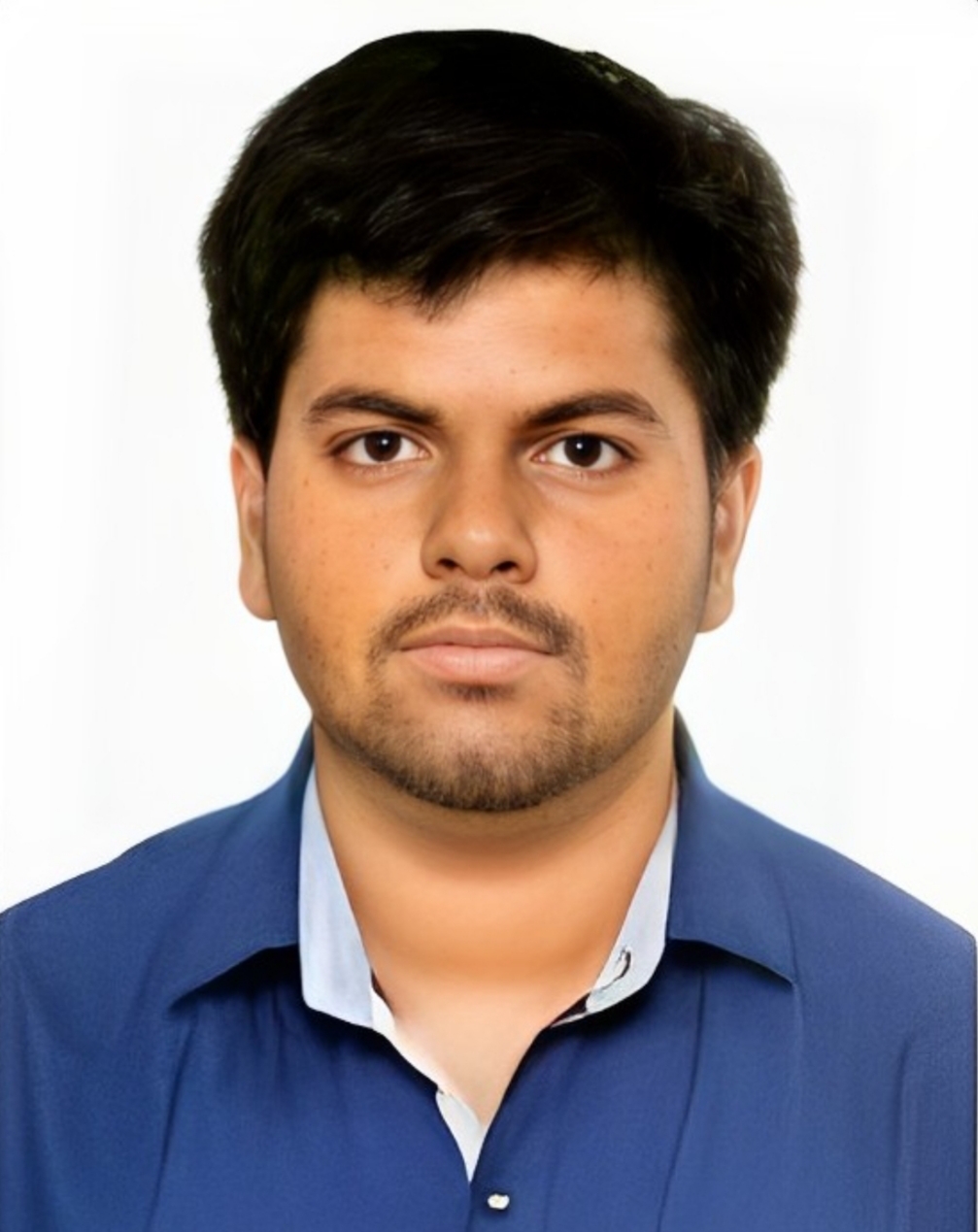





.jpeg)


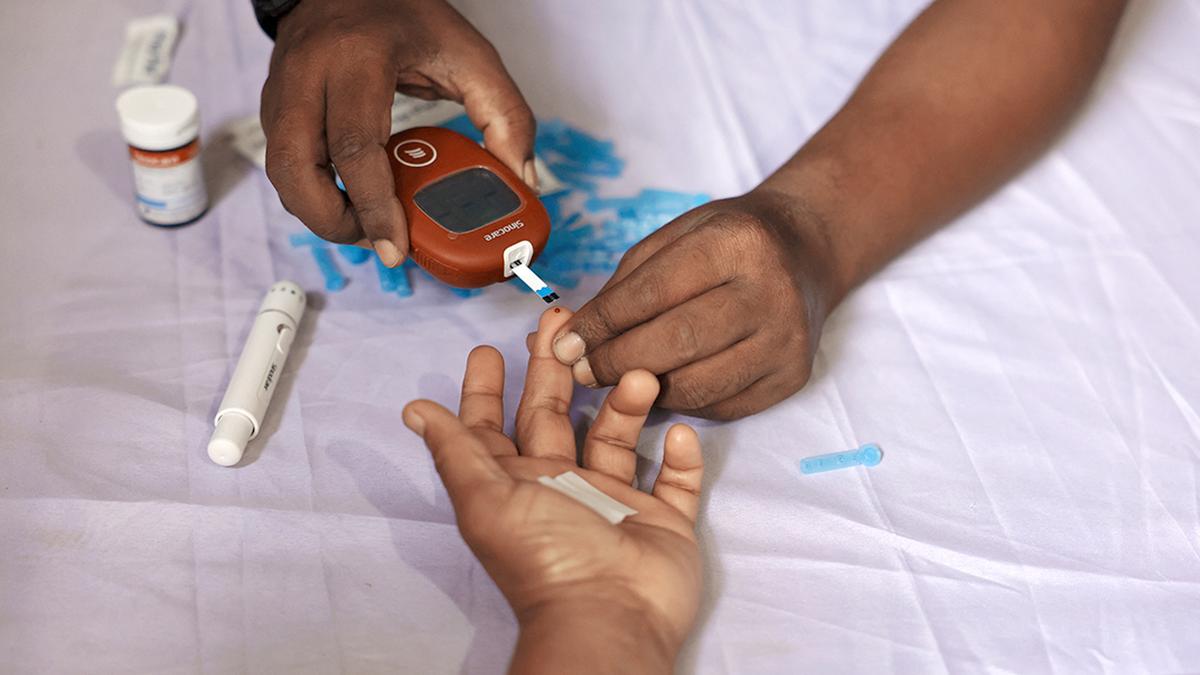

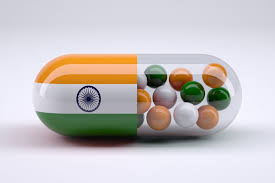
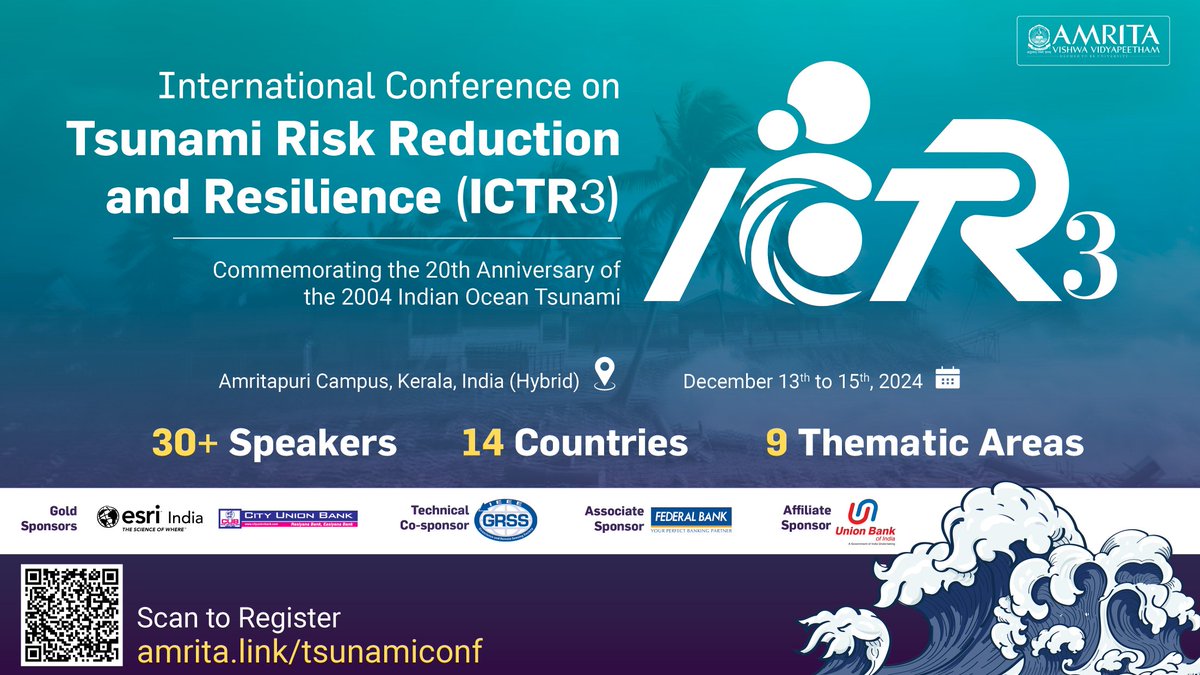


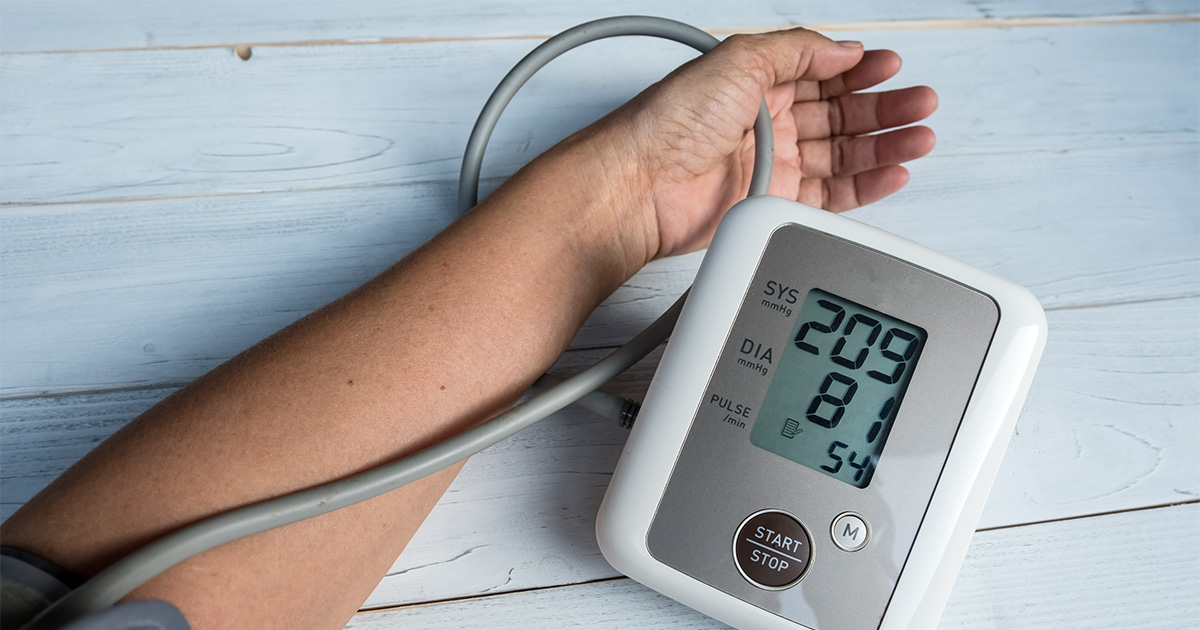

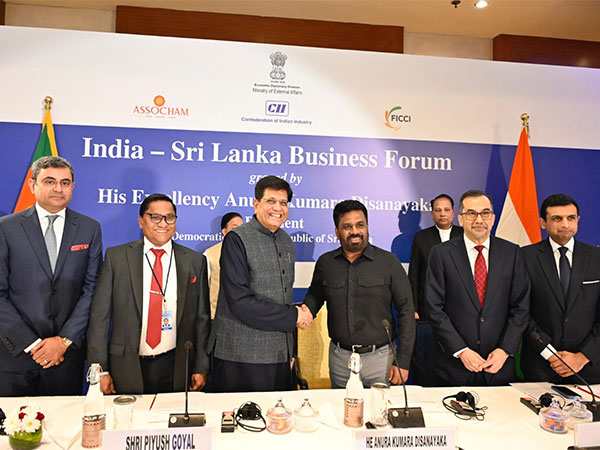
.jpg)


